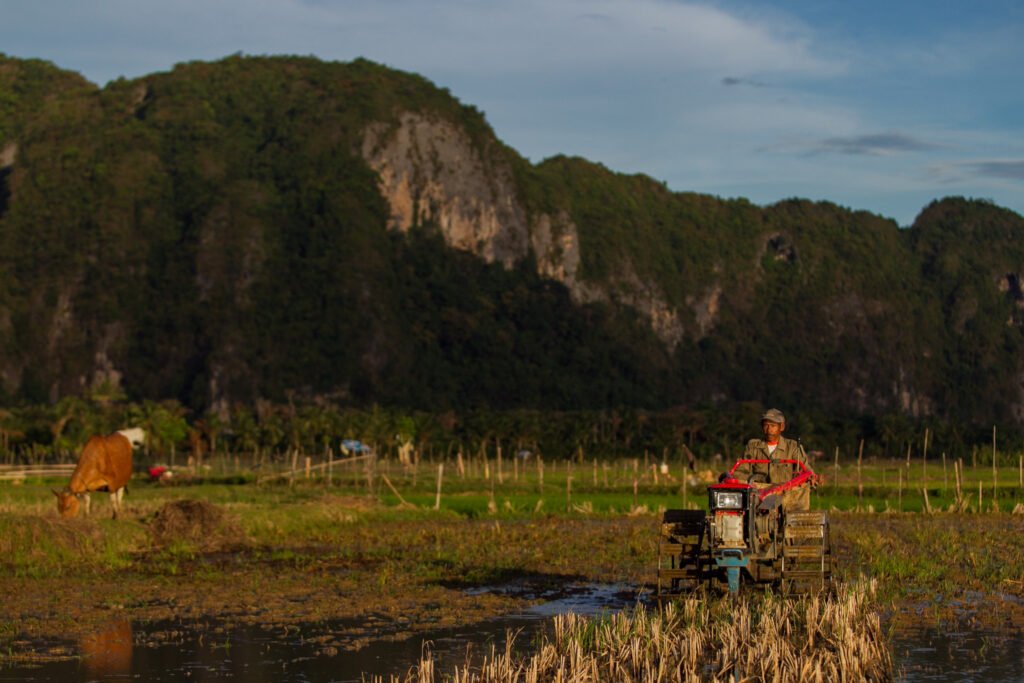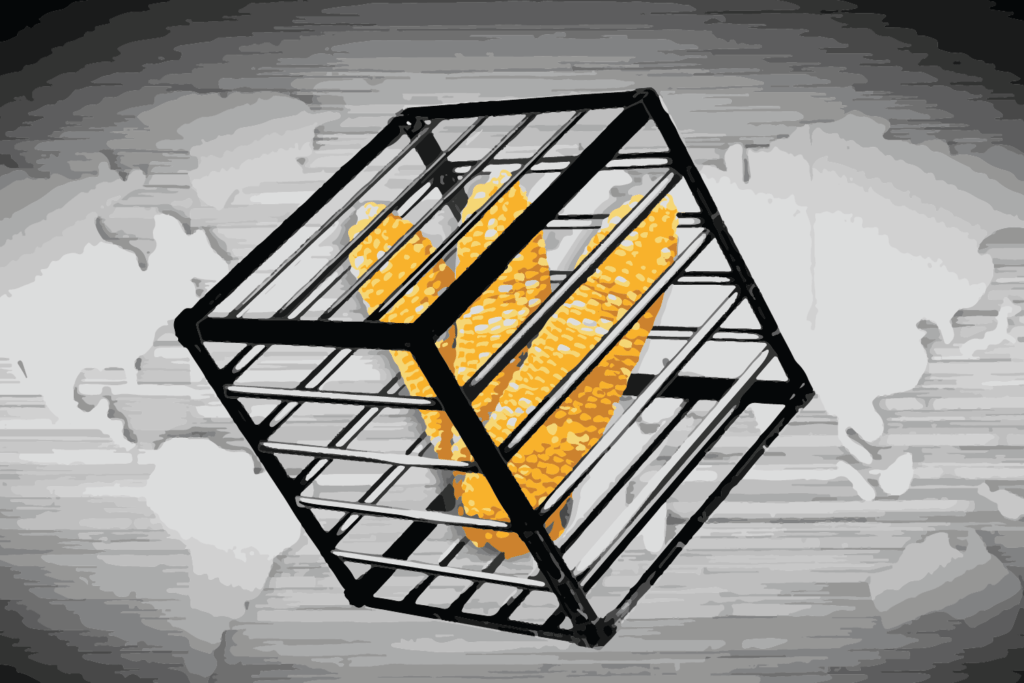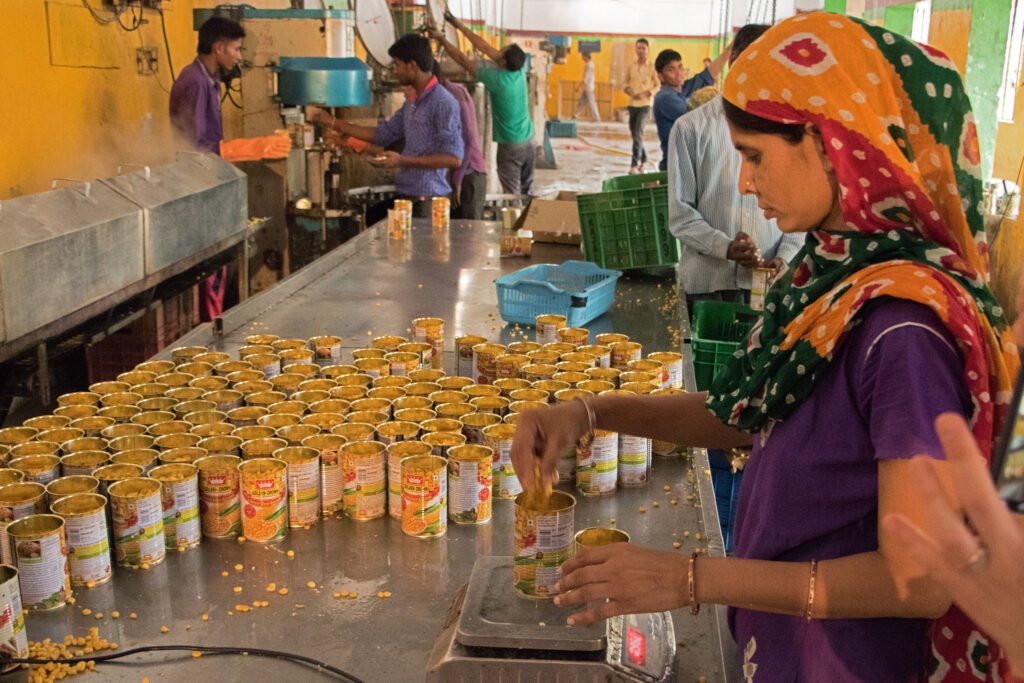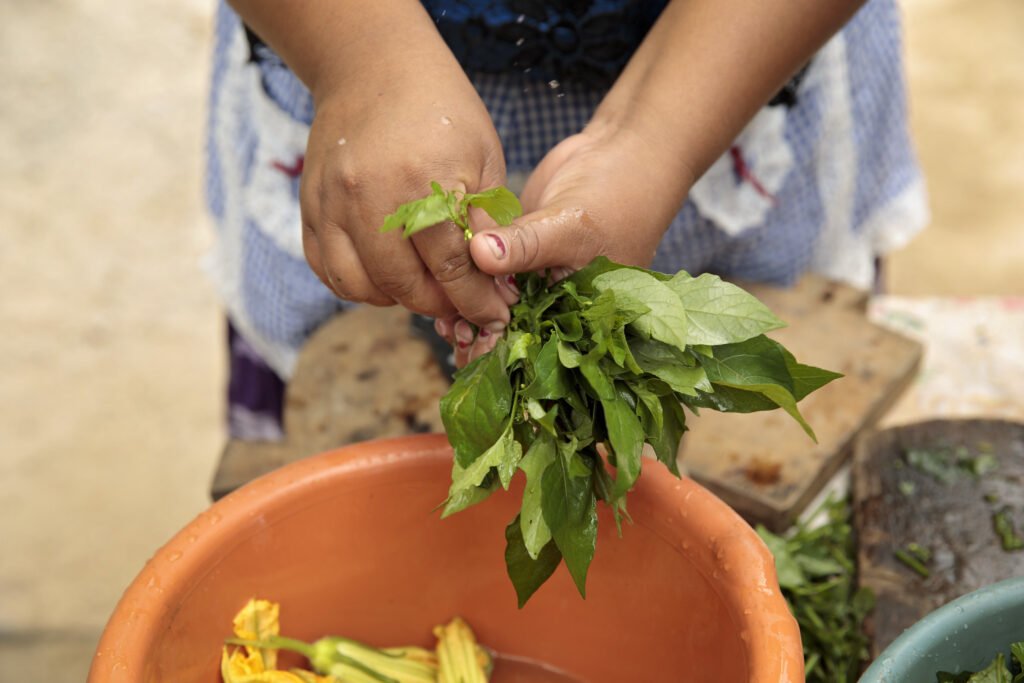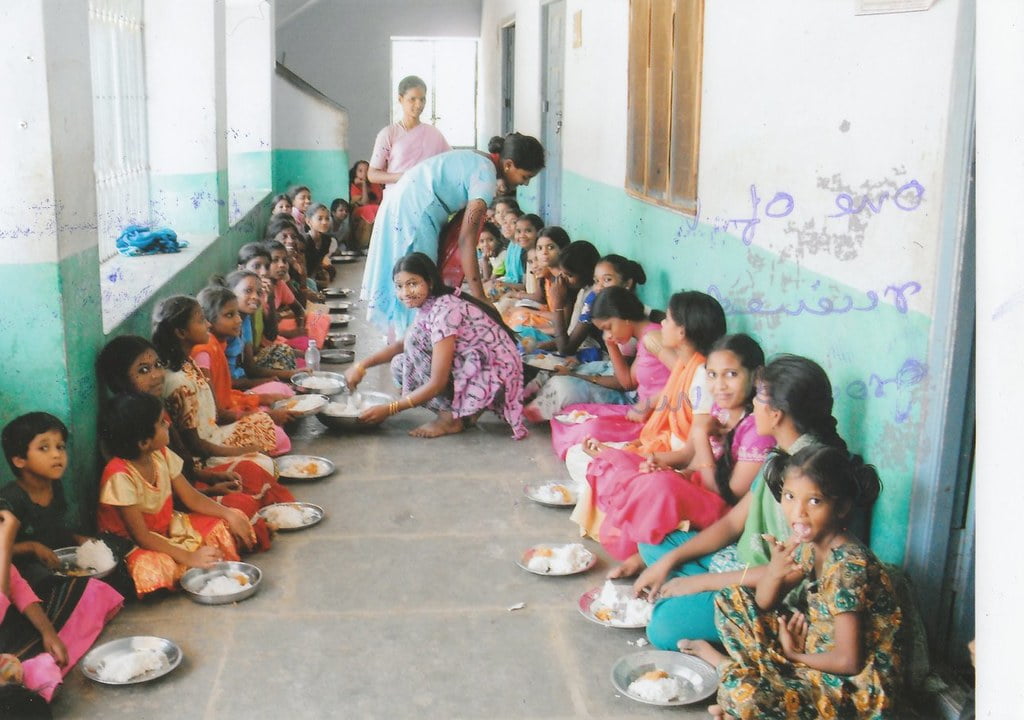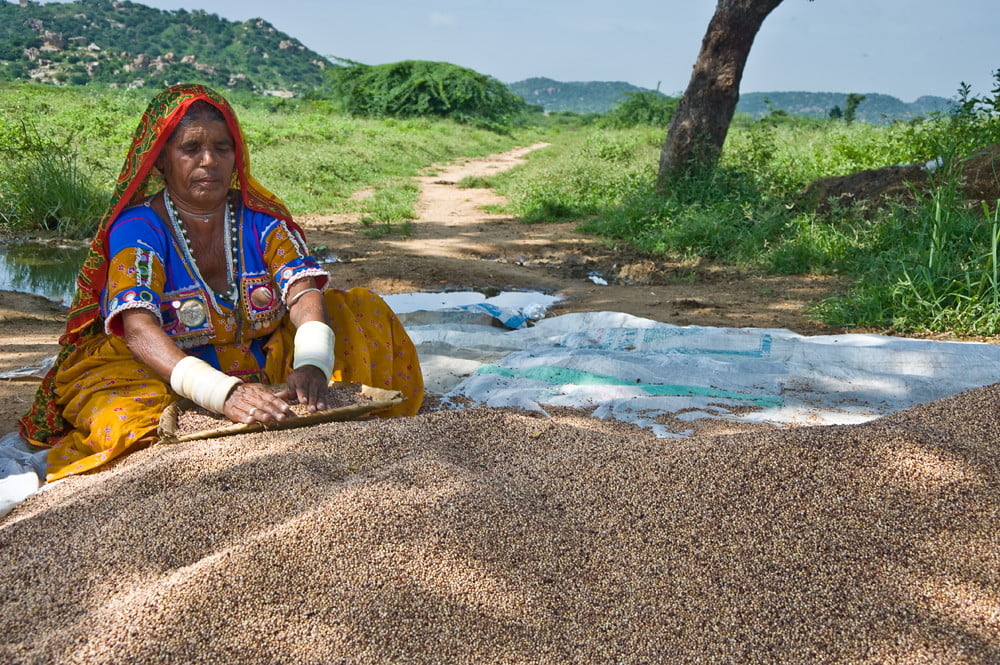Its invasion of Ukraine has imperilled Russia’s plans for increased grain yields and higher-value exports.
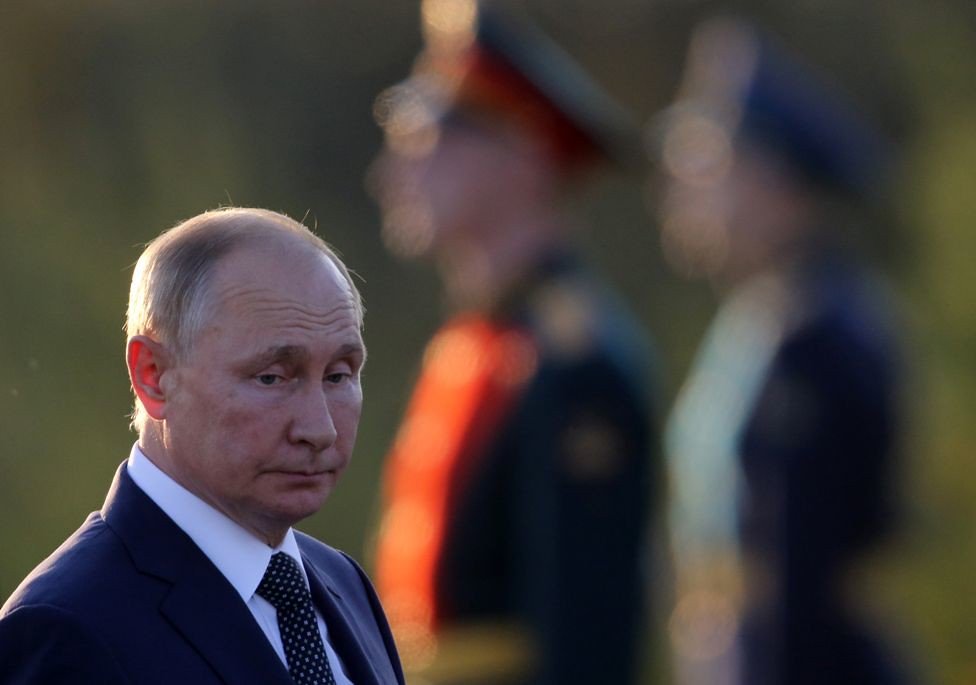 Russian President Vladimir Putin’s invasion of Ukraine may stand in the way of its food security goals: Just Clicks With The Camera, Flickr.
Russian President Vladimir Putin’s invasion of Ukraine may stand in the way of its food security goals: Just Clicks With The Camera, Flickr.
Its invasion of Ukraine has imperilled Russia’s plans for increased grain yields and higher-value exports.
Since 2014 Russia has pursued two primary goals in its food policy. Domestically, it has strived for food security through import substitution and self-sufficiency in several basic commodities. Internationally, it has strived to increase the value and volume of its food exports, especially wheat and other grains. The war in Ukraine threatens both goals.
Russia had already started its sowing campaign in the south before the war. In 2021 it planted 80.4 million hectares, and it intended to plant 81.3 million hectares in 2022, 29.5 million of which would be occupied by wheat. After the invasion of Ukraine, the Russian government allocated 25 billion roubles in subsidised credit to facilitate a successful sowing season, in addition to an original 28 billion roubles in short-term credit.
In 2021 Russia produced 121 million tonnes of grain, including 76 million tonnes of wheat. Before the war, Russia’s 2022 harvest was estimated at 125 million to 130 million tonnes, including 80 million to 83 million tonnes of wheat. Once the war began, those estimates were lowered to 121 million to 123 million tonnes, including 76 million tonnes of wheat.
Although Russia’s 2022 early-sowing campaign appears to be going well, future sowing seasons may be affected by a seed deficit. Russia has devoted resources to improving its own production of high-yield seed in recent years, but historically it has imported about half its seeds, mostly from the West.
In March 2022 Russia decided to allow seed imports from 11 countries previously subject to import restrictions. These countries are primarily in the Eurasian Economic Union, where phytosanitary violations have occurred.
The world’s largest producer of agricultural machinery, John Deere, has pulled out of the Russian market. This means previously purchased machinery will not be serviced and spare parts will not be available to Russian farmers. The precipitous decline in the value of the Russian rouble against the US dollar will make the purchase of Western agricultural machinery from third-party sellers prohibitively expensive.
Several large fast-food companies have withdrawn from the Russian market. The closure of 850 McDonald’s restaurants in Russia made headlines, but the withdrawal of Pizza Hut and Burger King was also important because a significant portion of the population frequently eats at fast-food outlets.
One survey showed that 50 percent of the 1600 respondents aged under the age of 30 ate fast food every day. Some people in Russia argue that Russian fast food can replace Western restaurants, but this author’s observations indicated that the lines for Western fast food were always much longer than for Russian fast food, especially among people under 30.
Hundreds of thousands of people will lose their jobs at Western fast-food restaurants. Unlike the West, where working at a fast-food restaurant is a teenage rite of passage, in Russia working at a fast-food restaurant is popular with people in their 20s and 30s because of the relatively high wages and better-than-average working conditions. These people – some of whom would have been supporting families on this income – must now find alternative employment in a declining economy.
To combat rising food prices, the State Duma is considering restrictions on price increases for some of the most important food groups, to protect low-income consumers. The Duma is also considering restarting free distribution of land plots to allow people to grow their own food.
Russia’s agricultural exports totaled US$37.7 billion in 2021, US$11.4 billion of which came from grain. The second-largest revenue source was oil fats, at US$7.2 billion. In 2021 Russia’s largest export market was the European Union at US$4.7 billion, followed by Turkey at US$4.3 billion and China at US$3.5 billion. The war with Ukraine will deprive Russia of the European food market and, importantly, hard currency.
On 15 February 2022, Russia’s 11-million-tonne quota for exports to states outside the Eurasian Economic Union went into effect. It will run until 30 June 2022. The forecast for grain and wheat exports in Russia’s 2022 agricultural year (1 July 2022 to 30 June 2023) was lowered to 28 million tonnes of grain and 23 million tonnes of wheat, representing a more than 30-percent decrease from 2021 for both.
Sanctions are an important restraint on Russia’s grain trade because Western banks do not want to do business with Russian grain companies. Further, if Russia defaults on its international debt, it will be shut out from future loans for many years.
Moreover, on 14 March 2022 the Russian government introduced temporary bans on the export of grain and sugar to countries in the Eurasian Economic Union. The export of grain – wheat, rye, barley, and corn – will be banned until 30 June 2022, and sugar exports will be banned until 31 August 2022. These restrictions show that the Russian government prioritises domestic food security over foreign trade.
The countries with the most to lose in any reduction of Russian grain exports are in the Middle East and North Africa (MENA) region. Egypt is a major client for Russian wheat and is the world’s largest importer of that crop. Turkey also buys large amounts of Russian cereals. These and other authoritarian countries throughout the region not only depend on Russian grain to maintain food supplies but also subsidise bread and other grain products.
As global grain prices rise, those governments will face financial pressure to maintain previous subsidy levels. The last time the region experienced a spike in prices and tight global supplies, the Arab Spring popular uprisings occurred. These led to regime change in Tunisia, Egypt and Libya, and set off a civil war in Syria that continues to the present.
Curtailment of the wheat trade from Russia also affects Afghanistan, Yemen and Ethiopia, which are experiencing high degrees of food insecurity and even localised famine.
In March 2022 Russia’s ministry of trade recommended ceasing fertilizer exports. In 2021 Russia produced almost 25 million tonnes of chemical fertilizer, of which about 65 percent was exported. The cessation of fertilizer exports will affect sowing and harvests in Europe, Latin America, South Asia and Southeast Asia.
Since 2014 Russia has been a central player in the international food market, ranking first or second in wheat exports every year. The war in Ukraine will change its status as an emerging food superpower.
Russia’s war with Ukraine and Western sanctions put at risk the government’s goals for the agricultural sector as expressed in the current State Programme, which runs from 2019 to 2025. Specifically, the goal to raise grain output to an annual level of 140 million tonnes by 2025 will confront such difficulties as importing foreign high-yield seed, sourcing spare parts for machinery and acquiring foreign pesticides.
Western nations have imposed sanctions on the Russian economy and frozen its overseas assets. This will mean that the Russian government’s subsidisation of future sowing seasons and agriculture in general will come under pressure. As domestic food security takes priority, Russia surely will not meet its goal of increasing food exports by 50 percent over 2020 levels by 2024.
Stephen K. Wegren is Distinguished University Professor and Professor of Political Science, Southern Methodist University, Dallas, Texas, USA. His most recent books are The Food Revolution in Russia: The Transformation of the Food System (Routledge, 2021) and Russia’s Role in the Contemporary International Agri-Food Trade System (Palgrave Macmillan, 2022). Prof Wegren declared no conflicts of interest in relation to this article.
Originally published under Creative Commons by 360info™.



